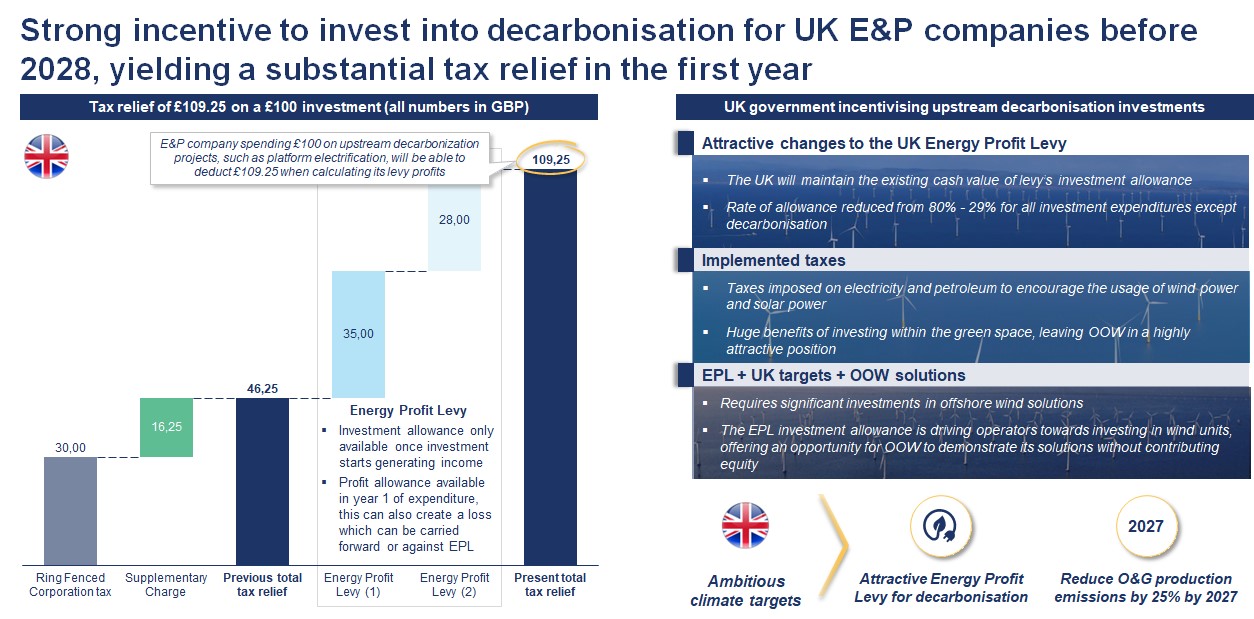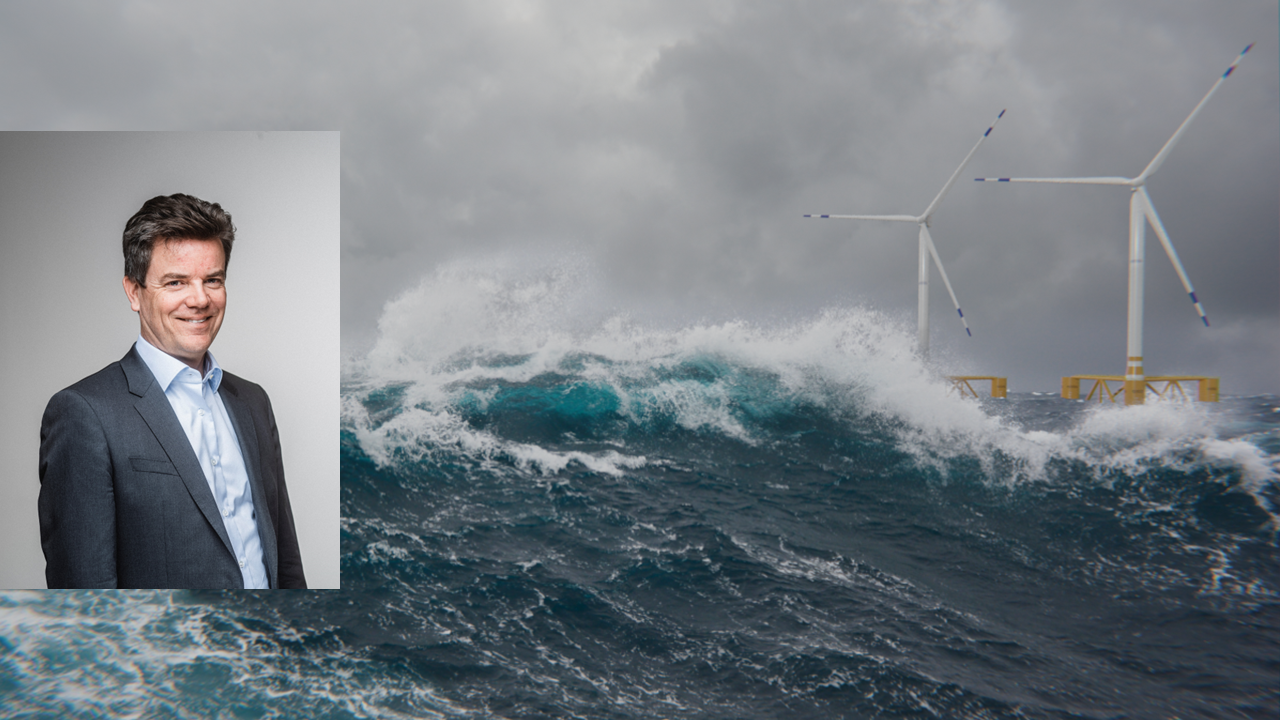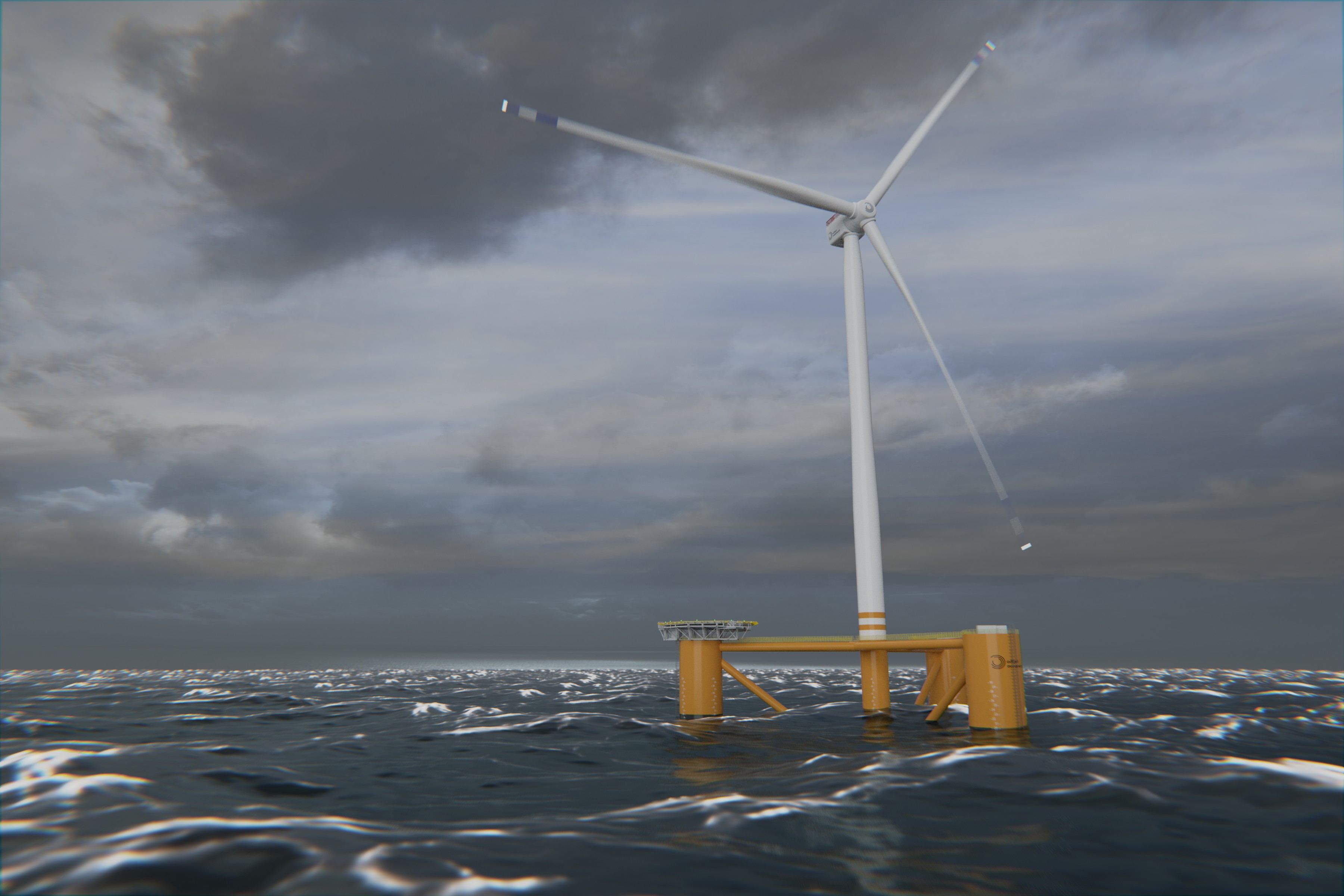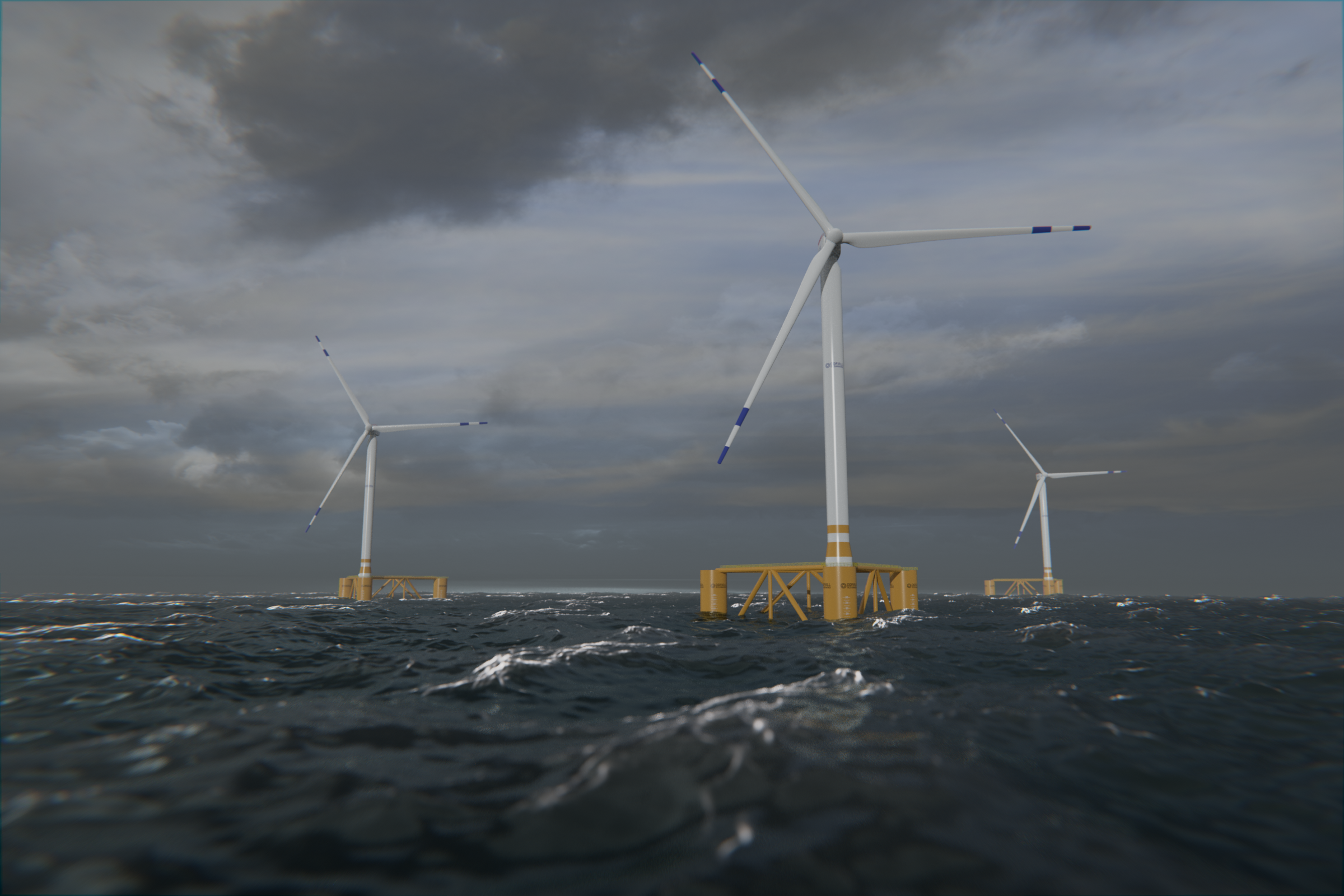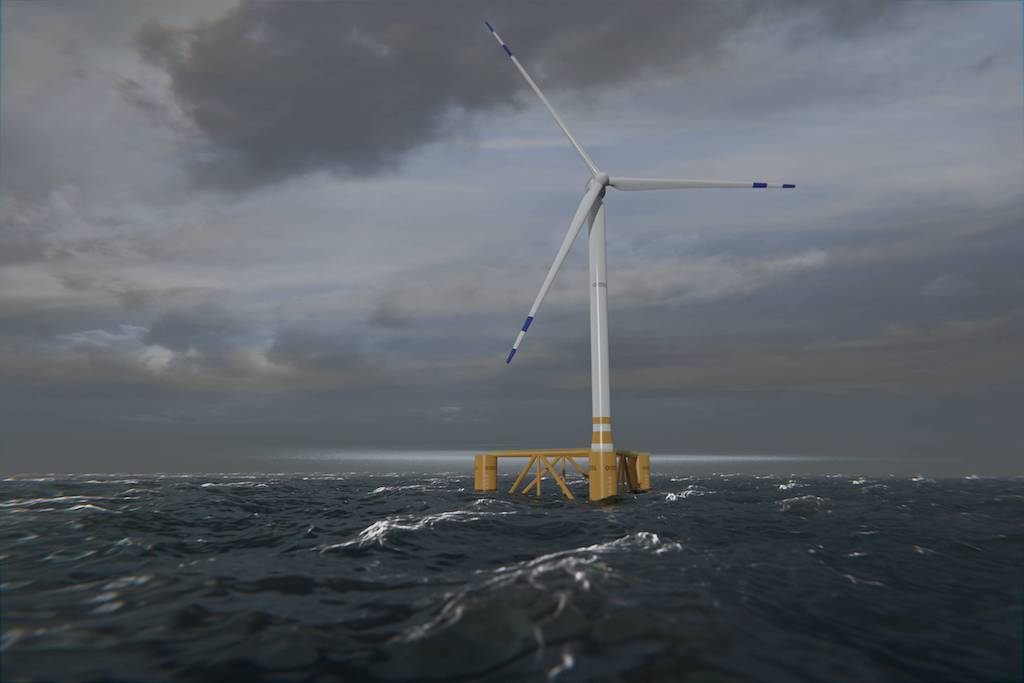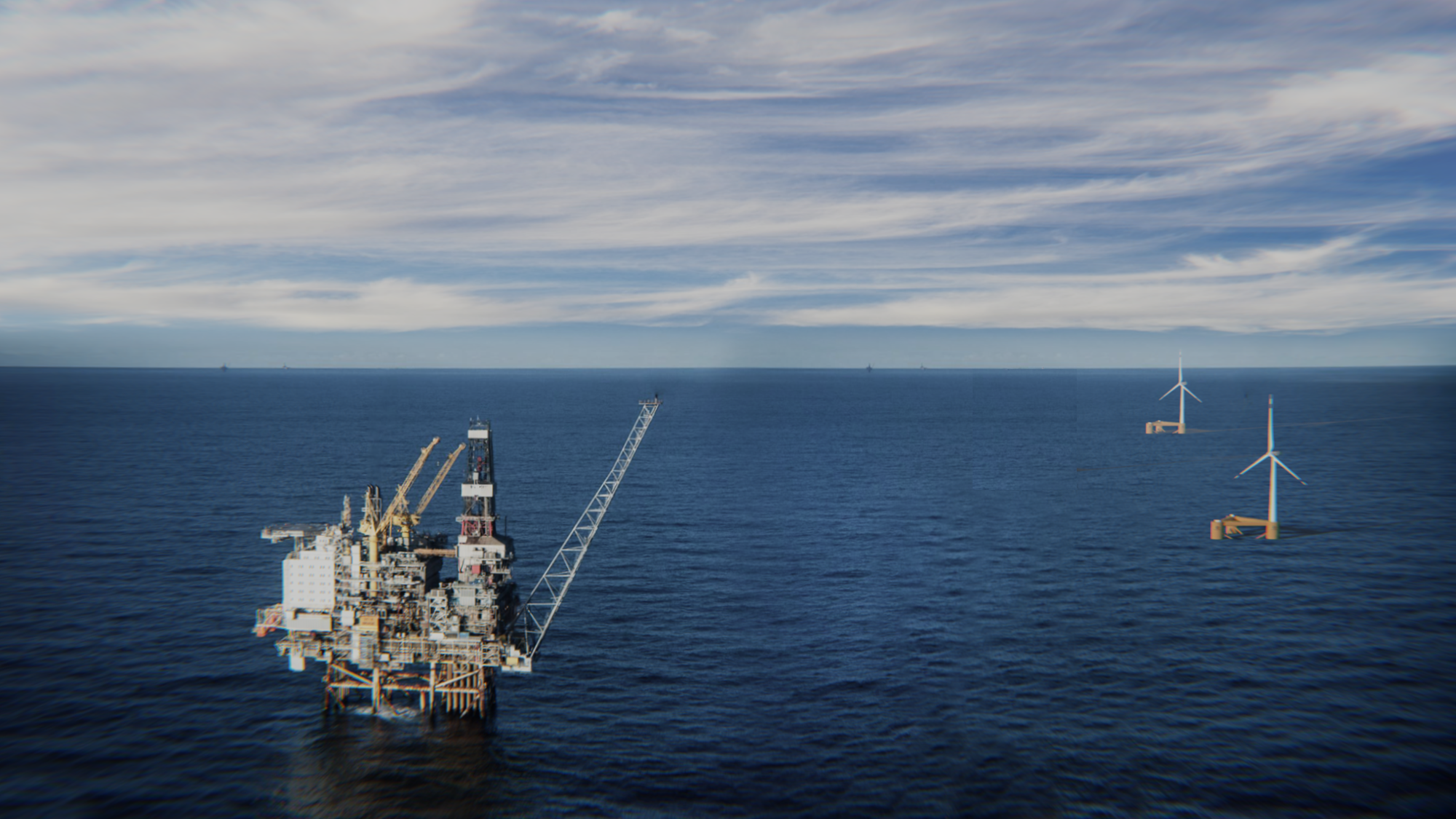Illustration from GoliatVIND project at Barents Sea with Odfjell Oceanwinds DeepSea Star™ foundation.
Categories: Knowledge, Windpower, Floatingwind
Norwegian Offshore Wind Could Be Highly Relevant – Even in the Long Term
By Per Lund and Jon Barratt Nysæther Oct 21, 2024
Per Lund, CEO of Odfjell Oceanwind and Jon Barratt Nysæther, Project Development Manager at Odfjell Oceanwind:
Norway is currently refining its policy framework on offshore wind, a topic where Odfjell Oceanwind has strong opinions. The below text is a translated version of a debate post recently published in the main business newspaper for the electricity sector in the Nordic countries, Europower, as a comment to the ongoing discussions.
Categories: Knowledge, Windpower, Floatingwind
Categories: Knowledge, Windpower, Floatingwind
Harnessing Strong Winds with The Deepsea Star™ in the North Atlantic
By Andrés Escalante Feb 23, 2024
Categories: Knowledge, Windpower, Floatingwind
Published in Offshore Magazine: Tax incentives as a catalyst for floating offshore wind de-carbonisation projects
By Kenneth Fossøy Nov 15, 2023
The great paradox in de-carbonisation of oil and gas with floating wind
- E&P companies have highly attractive tax incentives available to invest in such projects, but capital is constantly diverted to higher yielding E&P projects.- Renewable energy companies want to invest in these types of projects but do not have access to the same attractive tax incentives that are available to E&P companies.
Categories: Knowledge
Odfjell Oceanwind bringing floating offshore wind power to an industrial scale
By Odfjell Oceanwind Jun 21, 2023
Categories: Knowledge, Windpower, Floatingwind
Is bigger really better? Will floating offshore wind work with 15MW turbines and larger?
Categories: Knowledge, Windpower, Floatingwind
Tax incentives as a catalyst for floating offshore wind de-carbonisation projects?
By Kenneth Fossøy Mar 16, 2023
- UK and Norway have set ambitious targets for reducing emissions from their oil and gas activities
- Both nations desire to develop their respective industries into global leaders in floating wind
- Floating wind is a de-carbonisation solution that could deliver on the emission reduction targets
- Tax incentives could be an effective fiscal tool to incentivise de-carbonisation projects
Categories: Knowledge
With advancements in technology and engineering, and not least political interest, there are now a variety of different floating wind technologies being promoted, each with its own unique design and approach to capturing wind energy. These range from simple floating platforms attached to the seabed, to innovative designs such as semi-submersible and spar-buoy concepts. However, few if any of these designs have so far been proven in full scale for large wind turbine generators. Many of them only exist as computer rendered images at an early stage of development. The designs that have come furthest have begun to involve the classification societies.
Categories: Knowledge
- Oil and gas fields can to a large extent be electrified without power from shore
- Significant emission reductions can be realised with impact already in 2024
- This can lay the foundation for a large export industry based on offshore floating wind for Norway
Categories: Knowledge

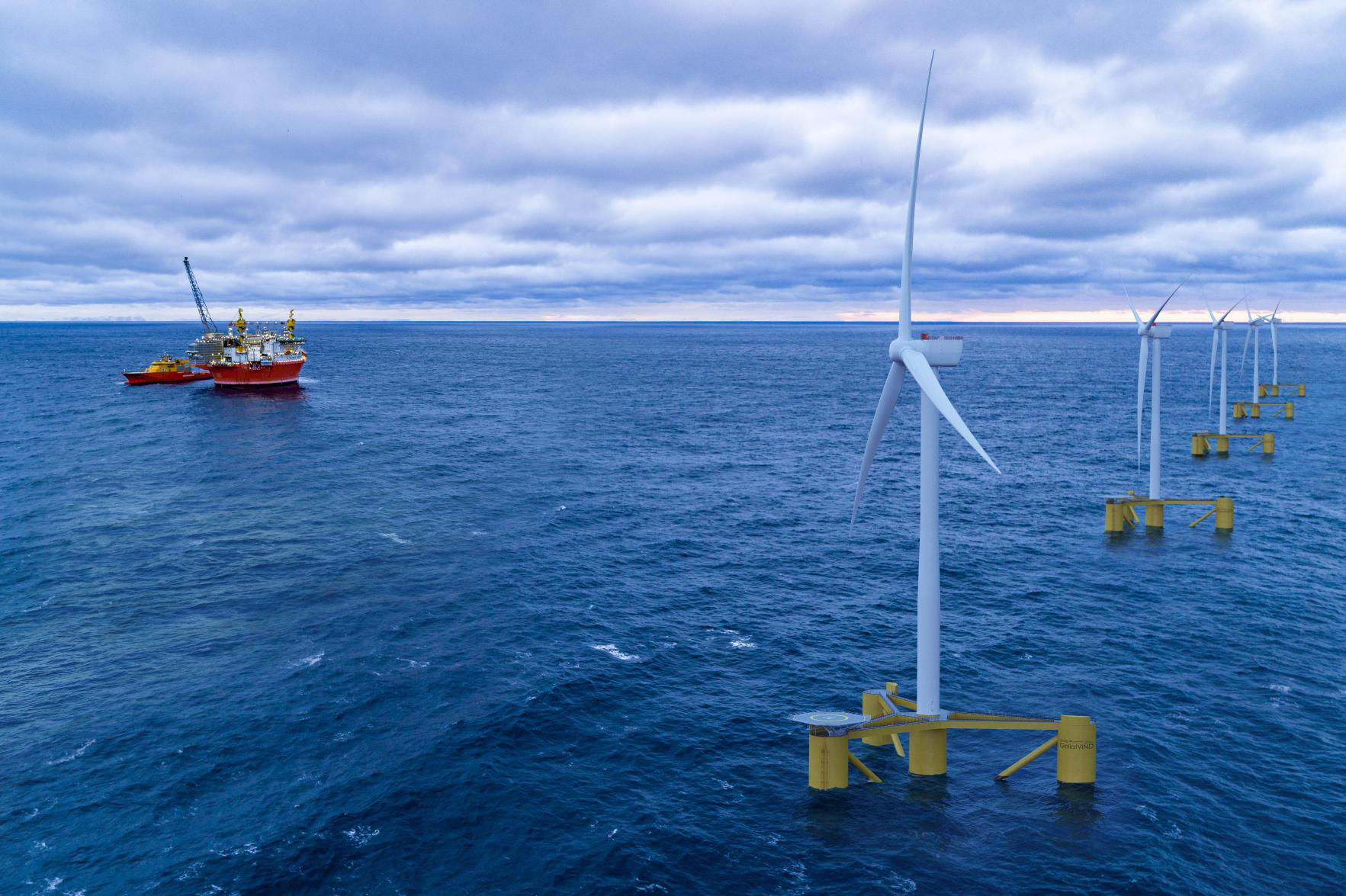
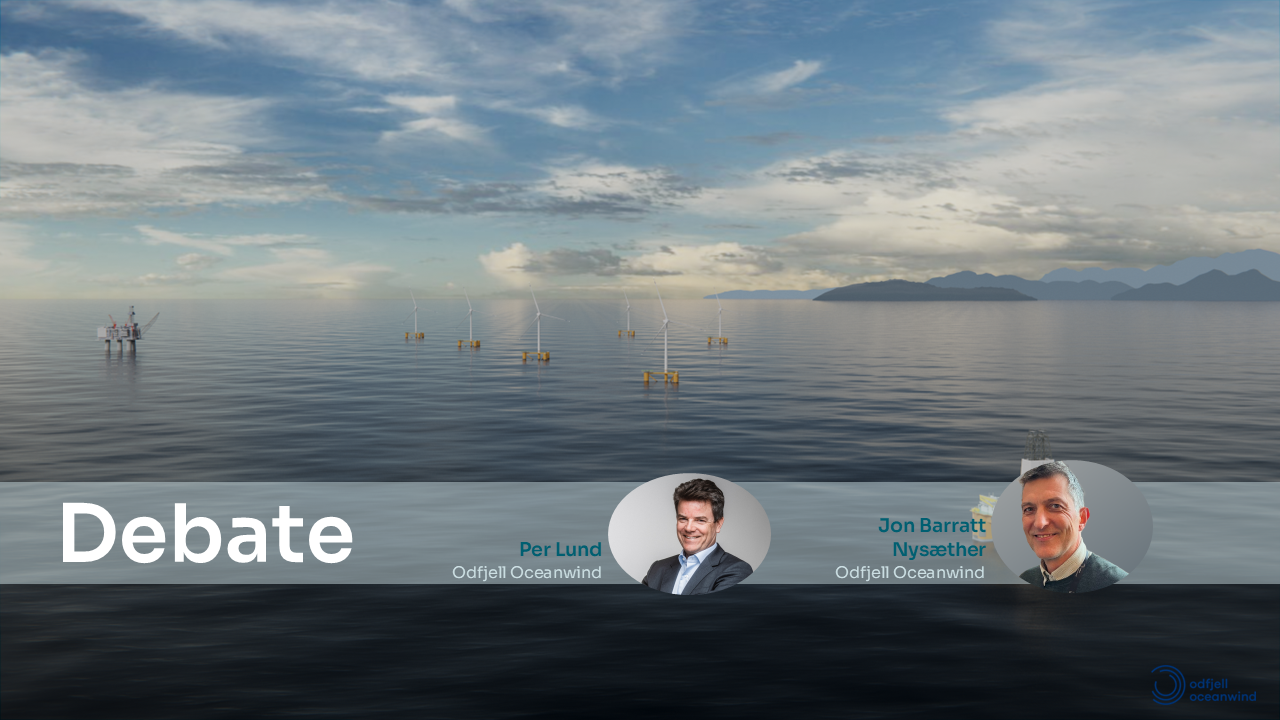

.png)
